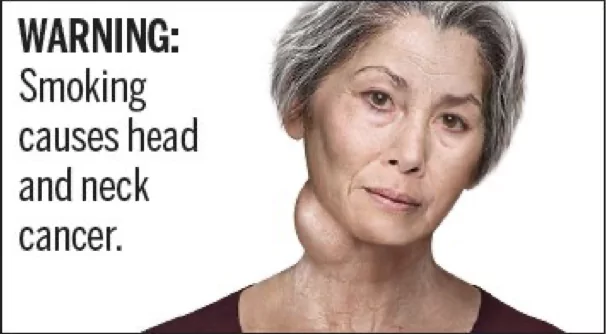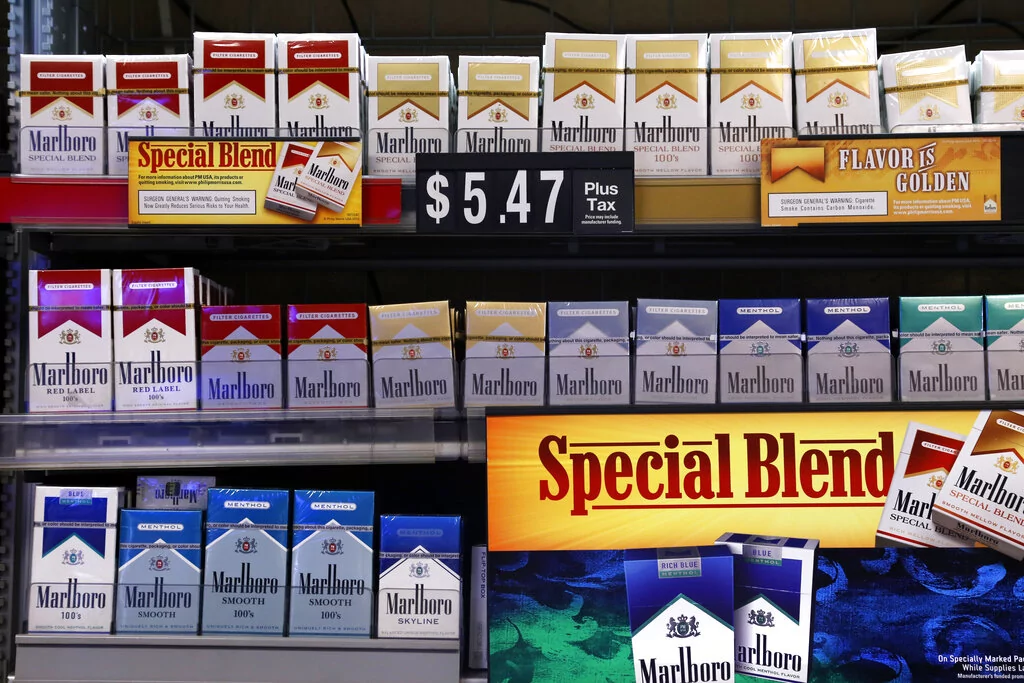
The Supreme Court on Monday declined to hear a First Amendment challenge brought by tobacco companies against federally mandated graphic warning labels on cigarette packs, leaving in place a lower court ruling that upheld the regulations.
R.J. Reynolds, ITG Brands, Liggett, and other tobacco companies had argued that the Food and Drug Administration‘s requirement to include visually disturbing health warnings violated their constitutional rights by forcing them to promote the government’s antismoking message.

The images, which include depictions of amputated toes, cancerous tumors, stunted fetal development, and erectile dysfunction, were described by the companies as “exaggerated” and misleading representations of smoking’s risks, according to the petition to the high court.
The tobacco companies filed their lawsuit shortly after the FDA issued the regulation in 2020 during the Trump administration.
The rule requires that the warnings cover the top 50% of cigarette packs and 20% of advertisements, with the goal of deterring smoking, especially among teenagers. Although the FDA has not enforced the rule amid legal challenges, the regulation remains technically in effect.

The companies argued that the mandated warnings crossed constitutional boundaries by compelling speech. The First Amendment, they contended, prohibits the government from forcing private entities to disseminate controversial messages.
U.S. District Judge J. Campbell Barker initially sided with the tobacco companies in 2022, ruling from Tyler, Texas, that the graphic labels violated First Amendment protections.
However, the U.S. Court of Appeals for the 5th Circuit ruled in March that the warnings were “factual and uncontroversial,” rejecting the companies’ claims and paving the way for their appeal to the high court.
While the Supreme Court’s refusal to hear the case does not establish a nationwide precedent, it leaves the 5th Circuit’s ruling intact.
CLICK HERE TO READ MORE FROM THE WASHINGTON EXAMINER
Lawyers for the government argued the justices should not review the case now because the trial-level court had not ruled on the tobacco companies’ claim that the FDA violated federal rulemaking policies when it issued the visual warning requirements.
For this, the case could reach the Supreme Court again as litigation continues in the lower court.






